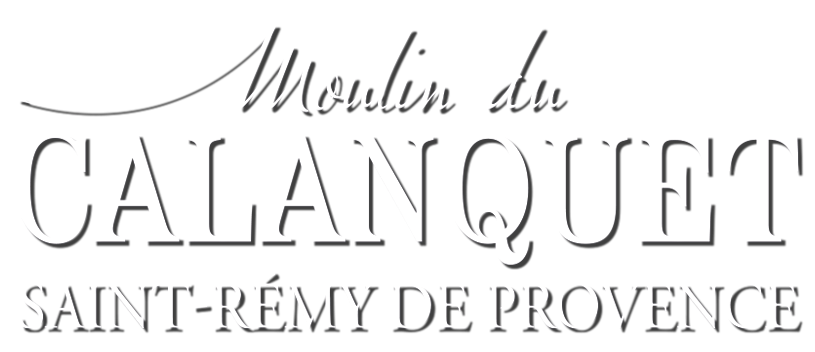
The Greeks and Romans grew olive trees on the northern slopes of the Alpilles. On the Glanum site (a Roman town 1 km north of modern St Rémy) there is a large stone slab intended to support an olive grinding wheel in the corner of the “Doric portico” and traces of a press on the western side of the Rue des Thermes. From the Middle Ages to modern times, oil was produced for home consumption only.
In Saint-Remy-de-Provence, there is evidence of the work of mill owners during a number of periods. In 1829 there were 3 mills producing 450 hectolitres over the year. In 1888, two mills employed 24 workers and operated until 1956. In addition, the third mill in the “Impasse du Lapin Blanc” (now rue Hoche) was still operating at the start of the 20th Century.
But the olive plantations painted by Van Gogh suffered from periodic frosts, especially those of 1889 and 1956. Production fell from 800 quintals of olives in 1912 to 125 quintals in 1930. After the catastrophic frost of 1956, the last remaining mills became oil merchants in Saint-Remy-de-Provence and the region, then ceased to operate. In 1969, over 3000 olive trees were declared to be “regenerating” and 400 were planted.
Le Moulin du Calanquet has obtained HVE certification which is an environmental certification for farms particularly committed to the implementation of environmentally friendly approaches.